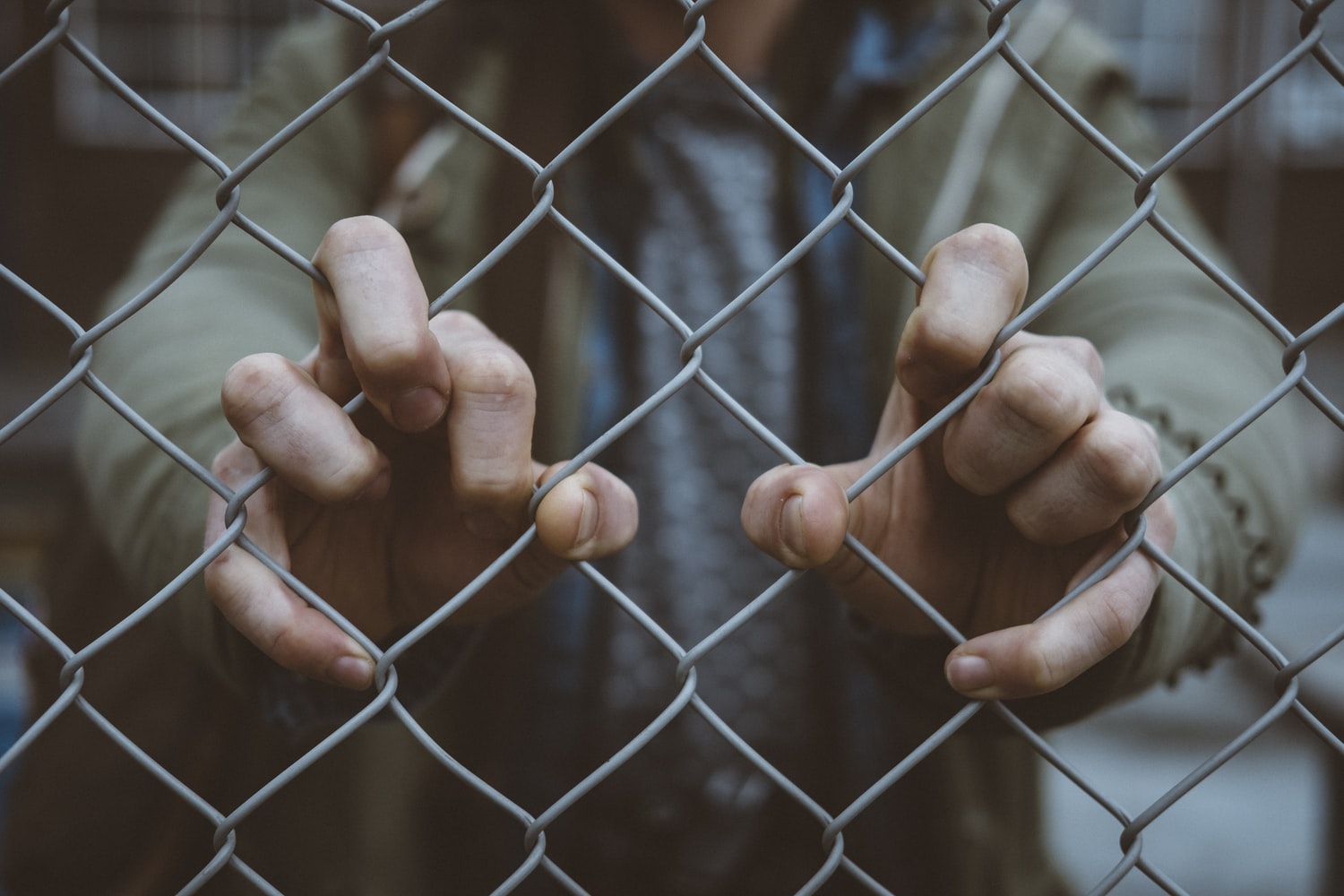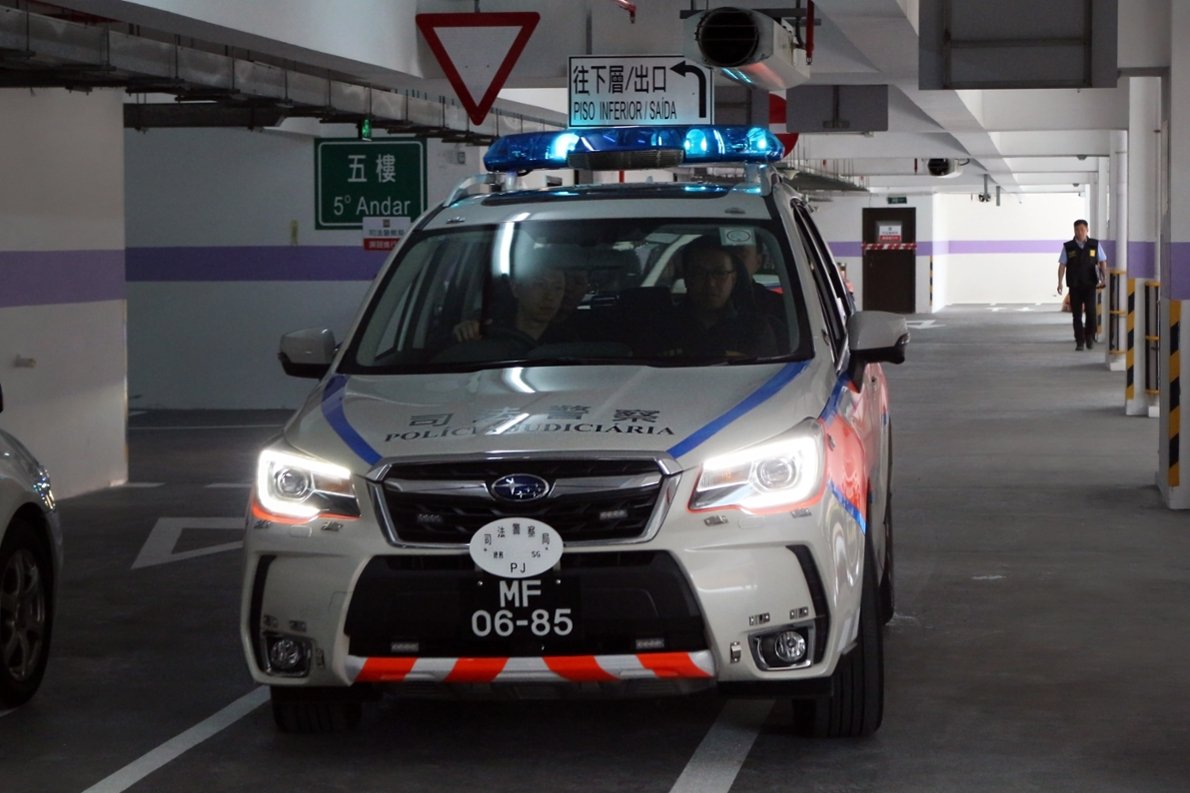Transnational Organized Crime
Transnational Organized Crime
Transnational Organized Crime
Transnational organized crime is a widespread global security problem that, due to its intrinsically hidden quality, has been overlooked. As our world continues to become increasingly more globalized, opportunities for transnational organized crime have increased and have become more integrated into the global political economy. Transnational criminal organizations are defined as groups of individuals who wish to achieve gains in power, influence, or money through illegal means. Advancements in technology, travel, international trade and finance, among others have allowed criminal organizations to become more active, more extensive, and more diverse, both within states and across international borders. Transnational organized crime creates detrimental security problems affecting public safety, health, democratic institutions, economic stability, and exacerbating violent conflict. In the summaries below, a few of the most significant activities of transnational organized crime are divided into three areas: drug trafficking, human trafficking, and money laundering.

Drug Trafficking
Drug cartels have become serious transnational criminal organizations that have been responsible for increases in drug trafficking never seen before. According to the United Nations Office on Drugs and Crime (UNODC), drug trafficking is defined as the global illicit trade involving the cultivation, manufacture, distribution, and sale of illegal drugs such as heroin, cocaine, opium, ecstasy, etc. Drug trafficking has been shown to be correlated with overdose deaths, weak border security, community faults, and distrust between states and their allies. Therefore, organizations like the UNODC, the RAND Corporation, and the Bureau of International Narcotics and Law Enforcement Affairs (INL) have analyzed data and compiled various publications regarding drug trafficking trends in order to find the roots of these drug trades and combat these illicit drug challenges.

Human Trafficking
Human trafficking is the transnational organized crime of trading and exploiting human beings for profit, whether it be for sex, entertainment, forced labor, or worse. Victims of human trafficking can range from any age, any gender, and can come from any part of the world. The UNODC’s 2020 Global Report on Trafficking in Persons reported that in 2018, around 50,000 victims of human trafficking were detected within 148 countries. Additionally, human traffickers typically tend to use the threat of force, deception, or coercion to trick their victims into being trafficked. Through spreading awareness and providing education, the UNODC, The Counter Trafficking Data Collaborative (CTDC), and the Office to Monitor and Combat Trafficking in Persons (TIP Office) have created various tools and resources to fight against the threat of human trafficking.

Money Laundering
Money laundering is another form of transnational organized crime that has yet to be resolved. Transnational criminal organizations frequently use money laundering to cover up their illicit proceeds by making it appear as if their money was legally obtained. By doing so, transnational criminal groups can enjoy their profits and expand their organizations while remaining undetected from authorities. The UNODC estimates that approximately $2 trillion dollars of these proceeds are laundered every year, many of which are frequently used to fund terrorist organizations. In order to stop funding these transnational criminal organizations, countries need to enforce stricter policies on anti-money laundering, improve their methods in monitoring illicit money trades, raise public awareness, and much more. Thus, the UNODC, RAND Corporation, Organized Crime and Corruption Reporting Project, and the INL have made numerous resources and collected information which can trace some of these illicit finances.
Organizations Addressing Issues of Transnational Organized Crime
The United Nations Office on Drugs and Crime (UNODC)
The United Nations Office on Drugs and Crime (UNODC) page on “Drug Production and Trafficking” contains a wide collection of data on drug trafficking trends that is open for public access. Some of the most significant links on this page include the Member States’ Annual Report Questionnaire (ARQ), reports on the Afghan Opiate Trade Project (AOTP), various publications regarding the UNODC and illicit crop monitoring, and much more. One can also find descriptions of the drug situation, specifically, in West and Central Asia, information on the Paris Pact Initiative, the UNODC-WCO Container Control Programme, etc.
Click here to visit the UNDOC website
The UNODC’s page on “Money Laundering, Proceeds of Crime and the Financing of Terrorism” provides overview descriptions on money laundering, terrorist financing, and proliferation financing. It also includes the UN’s Global Programmes against Money Laundering (GPML), various activities, training and tools, online resources, and more. In addition, the page features specific highlights, publications, and the SHERLOC portal, which is a portal that offers a wide range of information regarding how to counter money laundering.
The RAND Corporation
The Corporation also has a topic page regarding money laundering/terrorism financing with solutions on how to trace and combat these illicit proceeds. Various journal articles, reports, essays, briefs, press and more regarding money laundering can be found on this page.
Click here to view the RAND Corporation's Money Laundering webpage
The Department’s Bureau of International Narcotics and Law Enforcement Affairs (INL)
The U.S. Department of State deals with foreign policies that are intended to benefit the interests of the American people. The Department’s Bureau of International Narcotics and Law Enforcement Affairs (INL) works for the security of the American people by countering crime, illegal drugs, and instability abroad. The bottom of the page offers “Key Topics” with links on how to address illicit drug challenges, combat transnational crime and corruption, strengthen criminal justice institutions, along with a list of numerous partnerships that work with the INL.
Click here to visit the INL website
The Counter-Trafficking Data Collaborative (CTDC)
The Counter-Trafficking Data Collaborative (CTDC) is the first-ever global data hub on human trafficking with the largest dataset in the world. This resourceful tool for tracing human trafficking trends provides over 100,000 cases from over 160 countries, varying from 175 different nationalities. All the data can be downloaded for free, and the data ranges from demographics, means of control, exploitation types, etc.
Office to Monitor and Combat Trafficking in Persons (TIP)
The Organized Crime and Corruption Reporting Project (OCCRP)
The Organized Crime and Corruption Reporting Project (OCCRP) is an investigative reporting organization that provides numerous investigations, projects, features, and videos on money laundering. The organization primarily specializes in tracing, exposing, and explaining the people, companies, assets, etc. of some of the world’s biggest criminal organizations’ funds. The OCCRP online resources, specifically, contain many tools that can be used to track money laundering trends and visualize the maps of transnational criminal activity; these resources include the OCCRP Aleph, the OCCRP ID, Visual Investigative Scenarios (VIS), and El Feis.
DataUNDOC
The Global Initiative against Transnational Organized Crime (GI-TOC)
The Global Initiative against Transnational Organized Crime (GI-TOC), created by the Global Initiative, is a global organization that provides innovative strategies and responses to transnational organized crime. The organization lists numerous analysis and multimedia resources which can be filtered by region, the organization’s various initiatives, regional civil society observatories, crime type, and publication type. The analysis includes publications, tools, and articles, while the multimedia contain videos, podcasts, and infographics.




